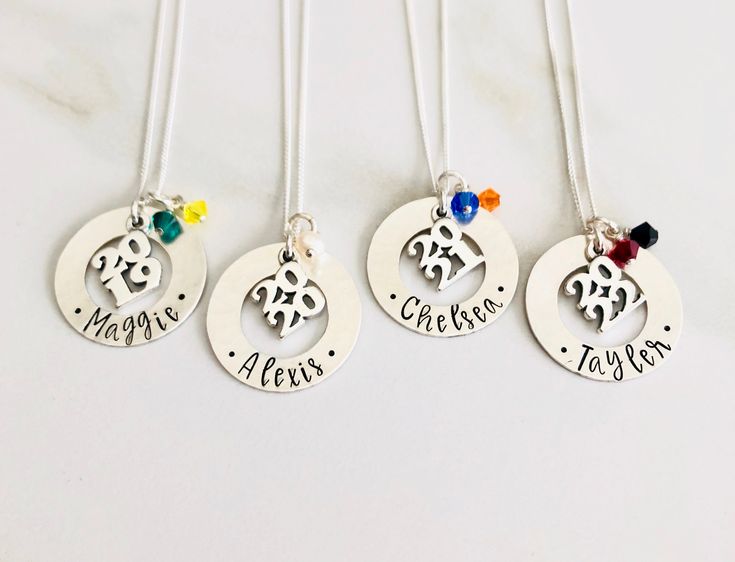
In the realm of fashion, few garments possess the enduring popularity and universal appeal of the sweatshirt. What began as practical sportswear for athletes has transcended its humble origins to become a quintessential piece of casual attire, cherished for its comfort, versatility, and cultural significance. From its inception to its evolution into a fashion staple, the sweatshirt has woven itself into the fabric of everyday life across the globe.
Origins and Evolution
The sweatshirt traces its roots back to the early 20th century, emerging as a functional garment designed to keep athletes warm and dry during physical activity. Initially made from heavy-duty cotton fabric, sweatshirts were characterized by their loose fit and absorbent qualities, ideal for absorbing sweat and maintaining body temperature. Their practical design quickly gained popularity among sports teams and enthusiasts alike, becoming synonymous with comfort and utility.
In the 1930s, the sweatshirt gained mainstream recognition when companies like Champion began manufacturing them for the general public. This marked the beginning of its transition from athletic wear to casual attire. By the mid-20th century, sweatshirts had become a symbol of collegiate culture in the United States, often adorned with university logos or team insignias. This association with academic institutions further cemented their status as a wardrobe staple among young adults.
Cultural Significance
Beyond its practical attributes, it holds a unique place in popular culture. In the 1950s and 1960s, iconic figures such as James Dean and Marlon Brando popularized the sweatshirt as a symbol of rebellion and nonconformity, epitomizing the anti-establishment ethos of the era. Its adoption by countercultural movements and artists contributed to its status as a garment imbued with cultural significance and social commentary.
Throughout the latter half of the 20th century and into the 21st century, it continued to evolve, adapting to changing fashion trends and societal norms. Designers began experimenting with new materials, cuts, and embellishments, transforming the once utilitarian garment into a canvas for creative expression. High-fashion brands like Gucci, Balenciaga, and Supreme have all incorporated sweatshirts into their collections, elevating them to coveted status symbols coveted by fashion enthusiasts worldwide.
Versatility and Adaptability

One of the sweatshirt’s most enduring qualities is its versatility. From loungewear to streetwear, it effortlessly transitions between different settings and occasions. Its relaxed fit and soft, breathable fabric make it an ideal choice for layering during colder months or wearing alone on mild days. The sweatshirt’s ability to blend comfort with style has made it a favorite among individuals of all ages and backgrounds, transcending generational boundaries and cultural divides.
In recent years, it has also become a vehicle for self-expression and social commentary. Graphic prints, slogans, and artistic designs have transformed sweatshirts into statements of personal identity and political activism. From promoting environmental awareness to advocating for social justice, sweatshirts have become a powerful medium through which individuals can convey their beliefs and values to the world.
Influence on Fashion and Beyond
The impact of the sweatshirt extends beyond the realm of fashion. Its relaxed silhouette and casual aesthetic have influenced the way people dress and perceive clothing. The rise of athleisure—a fashion trend that blends athletic wear with casual attire—has further solidified the it’s place in contemporary wardrobes. Today, it is not uncommon to see sweatshirts paired with tailored trousers, skirts, or even worn over dresses, demonstrating its ability to seamlessly integrate into diverse style narratives.
Moreover, the sweatshirt’s association with comfort and relaxation has resonated with individuals seeking refuge from the fast-paced demands of modern life. As society increasingly prioritizes comfort and well-being, the sweatshirt has emerged as a symbol of self-care and mindfulness. Its soft fabrics and easy-going silhouette offer wearers a sense of comfort and security, making it a go-to choice for both leisurely pursuits and everyday activities.
Conclusion
In conclusion, the it’s journey from utilitarian sportswear to cultural icon is a testament to its enduring appeal and adaptability. What began as a practical garment worn by athletes has evolved into a symbol of comfort, style, and cultural significance. From its humble beginnings to its current status as a fashion staple, the sweatshirt continues to capture the imagination of individuals around the world, embodying the intersection of fashion, functionality, and personal expression. As trends come and go, the sweatshirt remains a timeless classic—a testament to its enduring legacy in the ever-evolving world of fashion.


